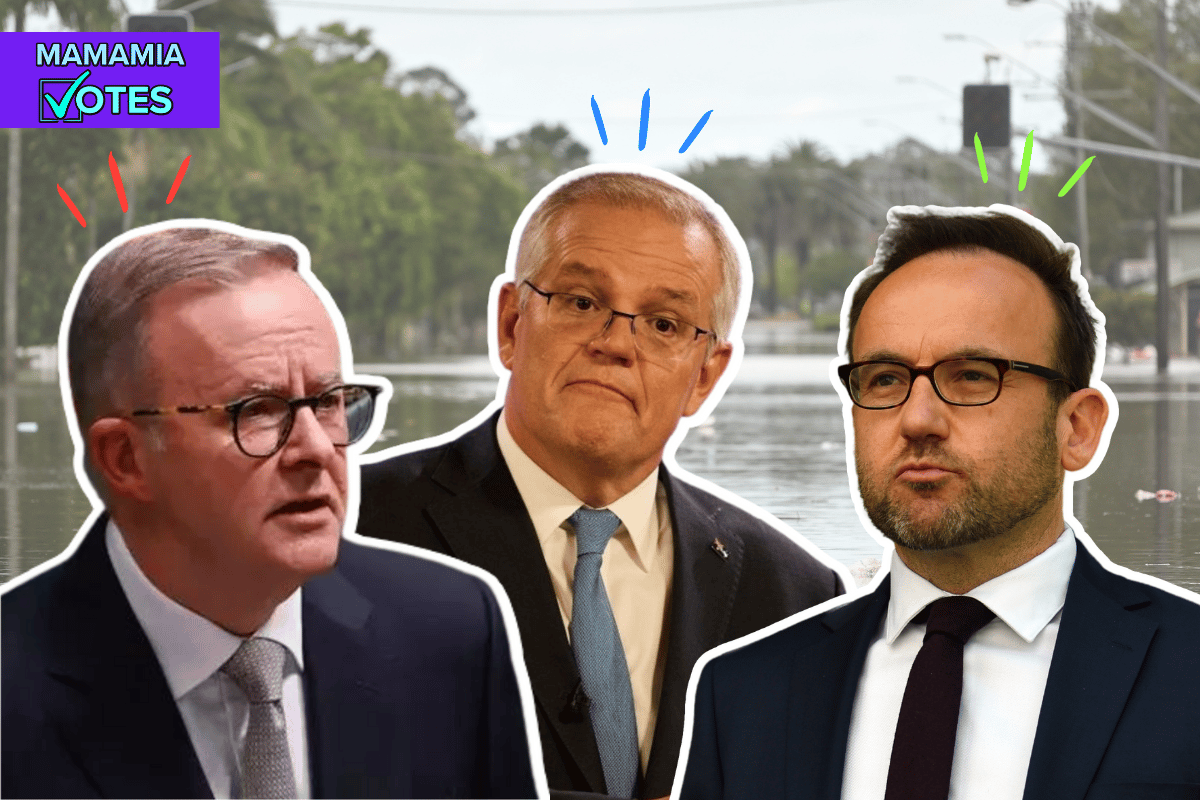
To keep up to date with the federal election campaign as we head to the polls to vote on May 21, visit our election hub page. There you'll find analysis, explainers and all the results of our Mamamia Votes survey.
Climate change is the issue on a lot of Aussie's minds right now, following months of devastating floods and unprecedented rainfall along much of the east coast.
According to our recent Mamamia Votes survey, it's the number one issue deciding how most Australian women will vote in the upcoming federal election.
In fact, out of over 5,000 people surveyed, a whopping 68.7 percent said climate change will influence them at the polls.

Top Comments